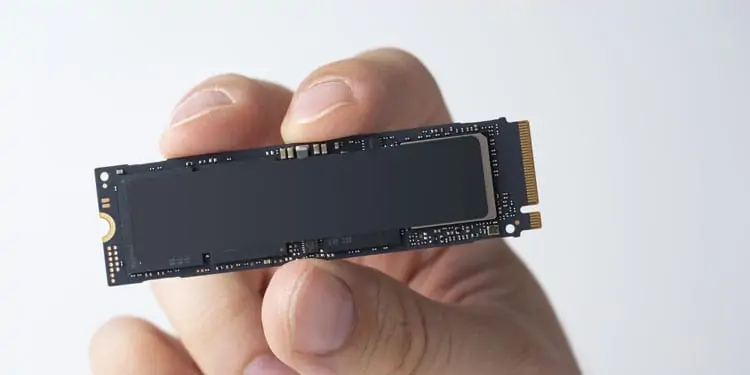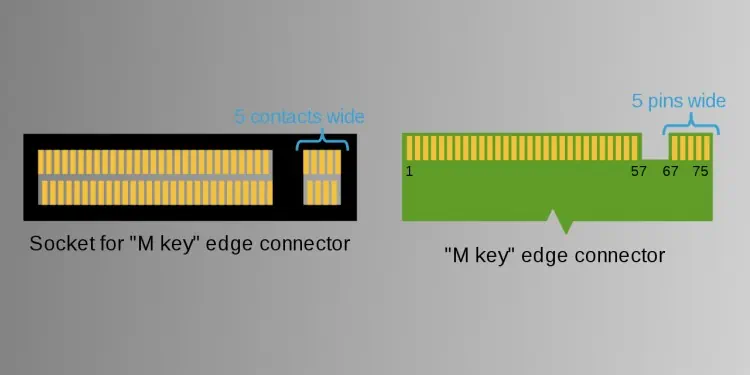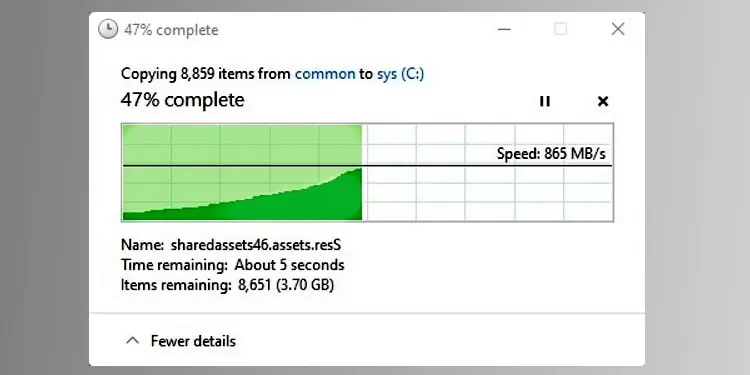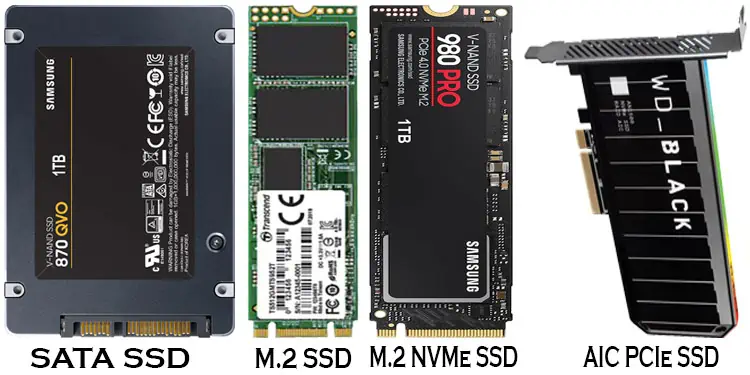SSDs are getting more affordable, and hence more mainstream these days. It’s not unusual to see an SSD in even budget oriented machines. We expect that in the near future, SSDs will have replaced traditional mechanical HDDs almost entirely.
But while you only had to worry about the HDD size and RPM if you wanted to buy a mechanical HDD, you will have to contend with jargons like NVMe, M.2, and SATA if you’re looking to get yourself an SSD.
In this article, we will explain exactly what those terms mean, and how they can affect your choice of what SSD to get for your system.

Serial-ATA (SATA) is a computer bus interface for connecting mass storage media to a computer. It was designed to replace the older Parallel-ATA standard. When introduced, it introduced features such as reduced cable size, nativehot swapping, faster data transfer rate, etc.
It uses a combined data and power connector. The data connector has 7 pins while the power connector has 15 pins.
The SATA architecture consist of three different protocol layers:

The physical layer defines SATA’s physical and electrical characteristics, and encoding subsystem. It is responsible for detecting whether SATA devices are connected and link initialization.
The link layer takes over once link initialization has been completed by the physical layer. It is responsible for transmission and reception of Frame Information Structures (FISs) over the SATA link. FISs are packets containing control information or payload data. Each packet contains a header identifying the payload type, and the payload.
The transport layer handles the assembly and disassembly of FISs. To transmit data, the transport layer appends FIS control header to the payload and informs the link layer to prepare for transmission.

When data is received, the link layer informs the transport layer of the incoming data. The transport layer then inspects the FIS header and removes it, and reports (success or error) to the command layer.
SATA Revisions and SSD Support
The SATA interface has had 10 revisions so far. The latest version is SATA revision 3.5. SATA III protocol is currently used by modern devices, when implemented, and is capable of data transmission speed of up to 600 MBps.
The SATA standard was originally developed to interface with mechanical HDDs. Starting with revision 3.1 SATA protocol introduced mSATA as a feature. mSATA focused on improving performance of SSDs.

However, while SATA is perfectly adequate to address transfer rate of mechanical HDDs, introduction of newer and faster PCIe based NVMe interface meant that SSD drives would eventually move away from using SATA as an interface.
Non-Volatile Memory Express (NVMe) is an interface specification for accessing a non-volatile storage media attached to the computer via PCIe bus. It is a Non-Uniform Memory Access (NUMA) protocol, able to sample random data at a much faster rate than traditional mechanical HDDs.

